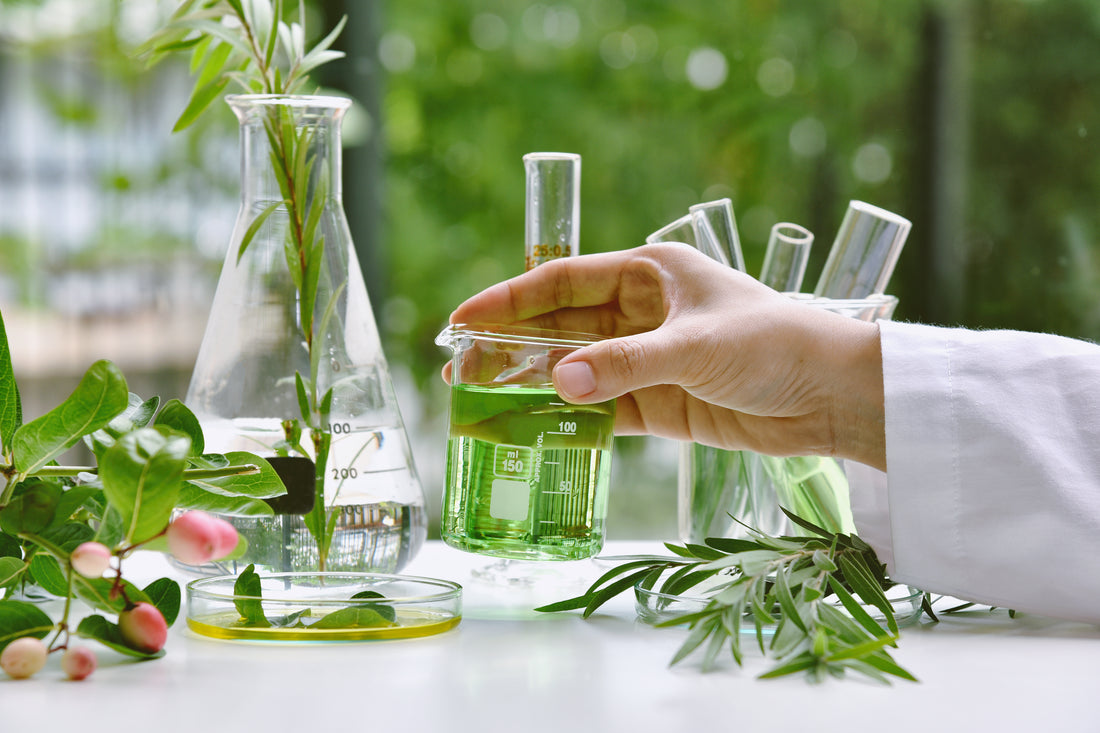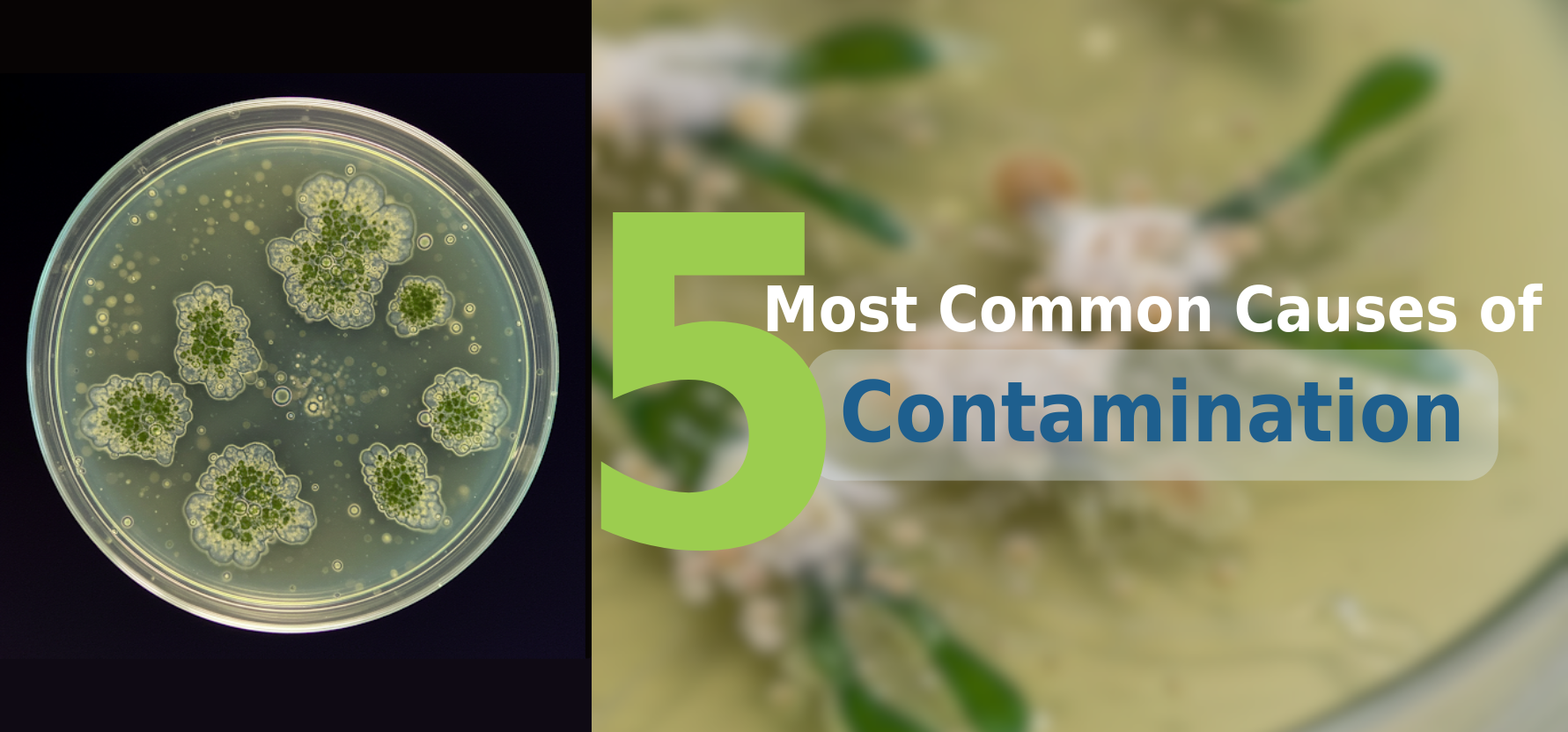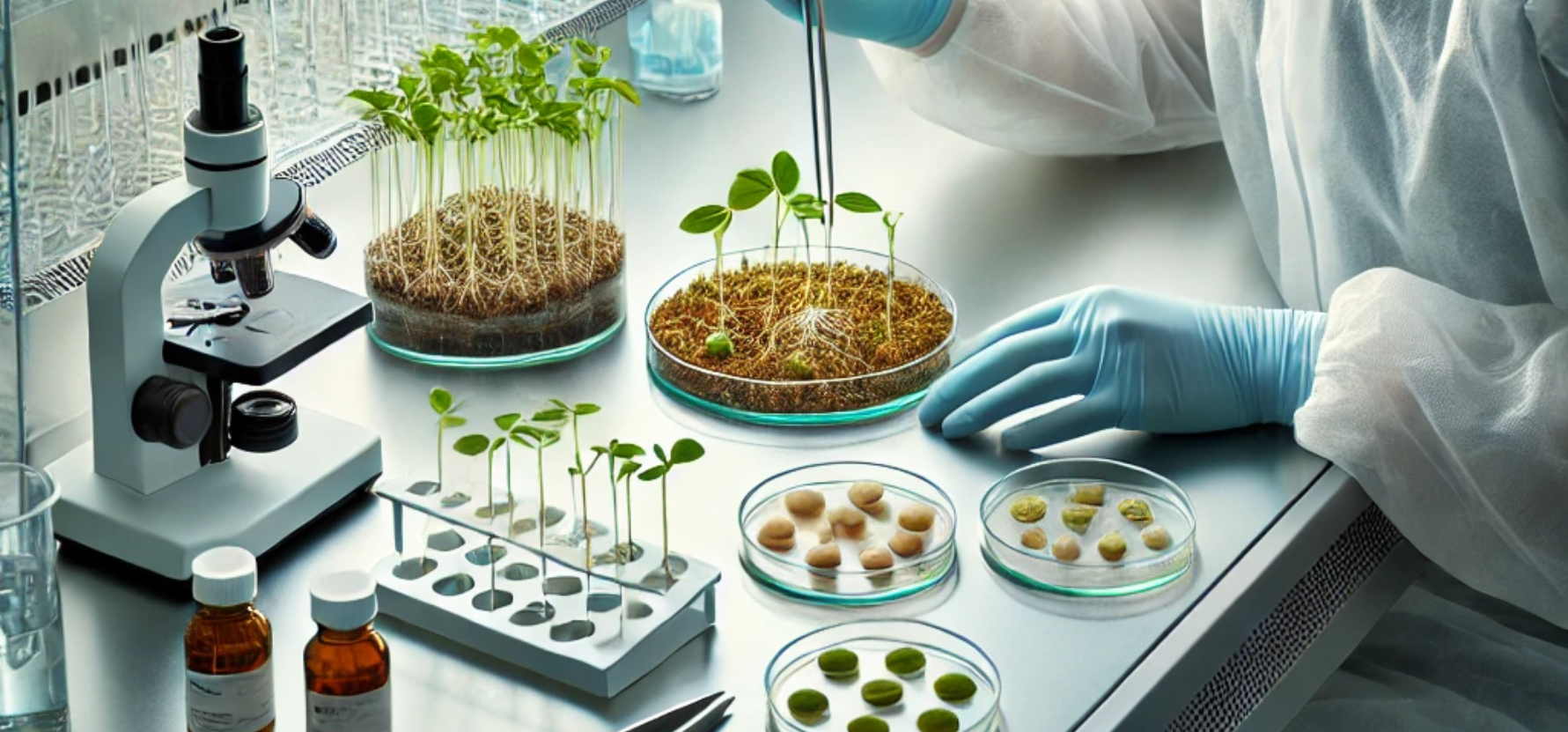
Secondary Metabolites: Definition, Classes, and Functions (Part-1)
As a content and community manager, I leverage my expertise in plant biotechnology, passion for tissue culture, and writing skills to create compelling articles, simplifying intricate scientific concepts, and address your inquiries. As a dedicated science communicator, I strive to spark curiosity and foster a love for science in my audience.


What are Secondary Metabolites?
Secondary metabolites are small molecules or organic compounds that are produced by plants. However, they aren’t directly involved in their development, normal growth, and reproduction. Instead, they mediate certain functions that increase their survival and fecundity (reproductive ability).
In ancient times, some communities even after being unaware of these compounds, have been benefited from their application in the form of traditional medicine. Such as a paste of the stem of the neem plant or application of turmeric paste on wounds. The herb Artemisia annua has been used in Chinese traditional medicines.
Secondary compounds are still involved and helping the lives of modern people. It has been extensively used as agrochemicals, pharmaceuticals, food additives, and aromatics.
Based on the structure of the compounds, the secondary metabolites are classified into five major classes:
- Terpenoids
- Phenolics
- Alkaloids
- Polyketides
- Carbohydrates
In plants, these compounds help in protecting them from pathogens and pests, help in pollination, and provide protection against UV damage.
This article presents an overview of the types of secondary metabolites and how do they help plants in their survival and reproductivity.
Classes of Secondary Metabolites
Terpenoids
It’s a large and diverse group of secondary metabolites. It also contains some primary metabolites that are essential for plant growth and development.
Terpenoids are oxygenated hydrocarbons, and terpenes are just long hydrocarbon chains. It’s represented by a general formula: (C5H8)n, where n represents the number of 5- carbon isoprene units. They are also known as isoprenoid compounds.
The terpenoids are classified based on the number of isoprene units in the molecule. It includes:
- Hemiterpene: It consists of a single isoprene unit. Its examples include isovaleric acid from Vaccinium myrtillus, and angelic acid isolated from Angelica archangelica.
- Monoterpene: It consists of two isoprene units. They are further classified based on their structure as hydrocarbons, alcohol, ketones, alcohol esters, and aldehydes. Its examples are Carvone, Linalool, Limonene, Linalyl acetate, and Citronellal.
- Sesquiterpene: It has three isoprene units. Its examples include caryophyllene and farnesol. A number of these compounds show antibacterial, antiprotozoal, and antifungal activities.
- Diterpene: It contains four isoprene units. A few examples of this group are gibberellins, cembrane, phytane, and labdane. They possess a range of medicinal activities, including antifungal, antibacterial, analgesic, anti-inflammatory, and antineoplastic activities.
- Sesterterpenes: It consists of five isoprene units. Its example is geranyl farnesol.
- Triterpenes: It has six isoprene units. An example of triterpene is quassin.
- Sesquarterterpene: It is composed of seven isoprene units.
- Tetraterpene: It contains eight isoprene units. Its examples are carotenoids and xanthophylls.
- Polyterpene: It includes molecules having more than eight isoprene units. An example of this group of terpene is natural rubber.
Phenolics
These are organic compounds having an aromatic ring structure with one or more hydroxyl (-OH) groups. They are the most abundant and largest group of secondary metabolites found in plants. They have a range of structures, starting from a single aromatic ring to a highly complex polymeric compound. They are classified on the basis of biosynthetic origin, as well as their structure. Here’s their classification, according to their structural composition:
- Simple Phenolics: They are defined as compounds having at least one hydroxyl group attached to the basic skeleton of an aromatic ring. It includes compounds like gallic acid, eugenol, catechol, salicylic acid, hydroquinone, and thymol.
- Coumarins: It’s a derivative of benzo-α-pyrone. Clover and melotot are the richest sources of coumarins. Its examples are esculetin, scopoletin, and umbelliferone.
- Tannin: These are water-soluble phenol derivatives. They are of two types: hydrolyzable tannins and condensed tannins. Its examples include gallotannins, geraniin, and ellagitannins.
- Flavonoids: These are the largest group of phenolics secondary metabolites, found in almost all vegetables and fruits. Its examples are quercetin, cyanidin, delphinidin, and luteolin. It’s predominantly found in the Umbelliferae, Polygonaceae, Leguminosae, Compositae, and Rutaceae families of plants.
- Lignans: They are dimeric compounds, formed by joining two molecules of phenylpropene derivative. Their examples include matairesinol and Wikstrom.
- Stilbenes: They are a widely distributed small group of phenolic compounds. Its example is resveratrol.
- Chromones and Xanthones: These are structural derivatives of benzo-γ-pyrone. They are not of much pharmaceutical importance. Their examples are eugenin, khellin, and furanochromones.
Alkaloids
It’s the only nitrogen-containing secondary metabolite found in plants. They are heterogeneous and contain one or more nitrogen atoms. They are produced by a range of organisms, including plants, animals, fungi, and bacteria.
Their basic types include acridones, aromatics, carbolines, ephedras, ergots, imidazoles, indoles, bisindoles, indolizines, manzamines, oxindoles, quinolines, quinazolines, phenyl isoquinoline, phenylethylamines, piperidines, purines, pyrrolidines, pyrrolidines, pyrroloindoline, pyridines, and simple tetrahydroisoquinolines. A few examples of alkaloids are: nicotine, caffeine, and vinblastine.
In the second part of this article, we will continue with the polyketides and carbohydrate secondary metabolites, and will further discuss the roles and functions of these secondary metabolites in plants.
How Plant Cell Technology Is Helping Culturists Worldwide In Their Tissue Culture Application?
Plant Cell Technology is helping tissue culturists around the world by providing unique and world-class products and services that smoothen their process. It has MS media, agar, gellan gum, Plant Preservative Mixture (PPM), culture vessels, Biocoupler (TM), and masks in its store to facilitate your processes.
And, that’s not it! Plant Cell Technology also offers consultation services to culturists of all sizes that help to get instant solutions to your tissue culture problems.
So, visit plantcelltechnology.com today and find out more about our product and services and how they help you to excel in your tissue culture processes.
Happy Culturing!!
Blog Categories
View by Level
Popular Blogs

The 5 Most Common Causes of Contamination in Tissue Culture Labs
Introduction Scaling up your tissue culture production is impossible if you’re constantly battling contamination. Contamination is one of the biggest...
Read More
What No One Tells You About Subculturing (Until It’s Too Late)
Introduction Subculturing is a crucial process in tissue culture. Why? Because it's responsible for multiplying a single small piece of...
Read MoreSubscribe to Our Newsletter







Join the conversation
Your email address will not be published. Required fields are marked